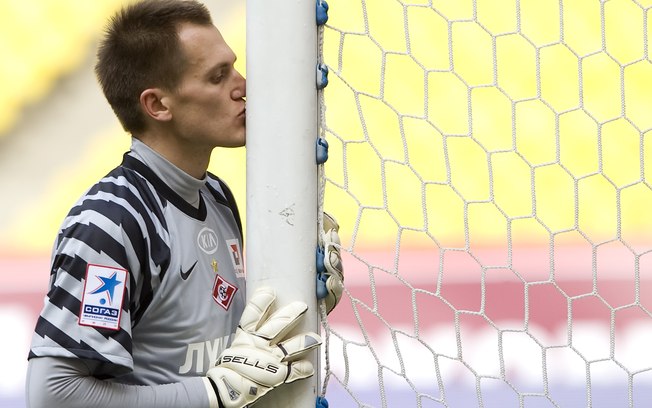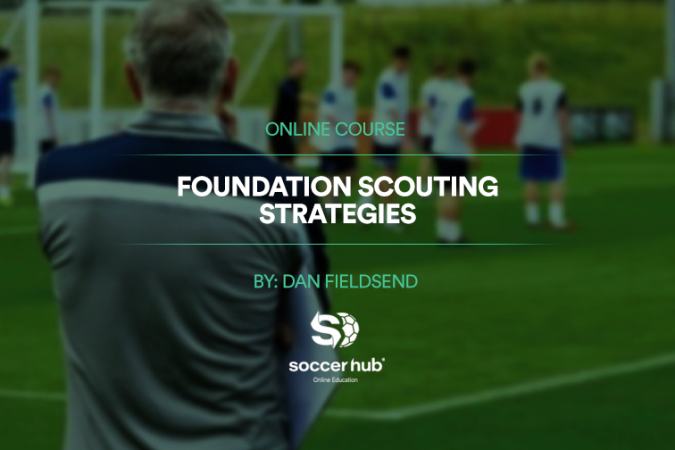

Mental Conditioning in Soccer Players
Today’s article focuses on the mental conditioning (beliefs) that athletes condition on themselves.
Those who follow sports of a regular basis, knows that it is a very common situation, many players having rituals at key moments of the game.
When they are entering on the pitch, when they score a goal, when they prevent a goal,… Enter with the right foot, with the left foot, blessing before the match begins, be the first to enter the field, be the last to enter the field, celebrate with a clenched fist when they prevent a goal…
Emotional regulation
These gestures are considered as natural by all of us who follows football matches.
The question we can ask is whether these gestures are acts of faith, habits or superstitions.
Analysing this topic in mental terms, this type of “procedure” helps athletes regulating emotional states, regulating anxiety and confidence.
Thoughts determine behaviors
These types of gestures are directly connected to the mental component of an athlete. Gestures are linked to thoughts. By performing a certain “ritual” the athlete becomes more confident and produces thoughts of confidence that expand throughout the body.
When you think on something, a biochemical reaction starts in your brain that causes the brain to release certain chemical signals. This is how immaterial thoughts materialize.
What happens is that these “chemical messengers” make your body feel exactly the same way as your thinking.
Once you feel a certain way, it will probably generate more thoughts similar to what you are feeling, and your brain will release more chemicals that will make you feel the way you are thinking.
The dark side
The theme of rituals has a perverse side. When an athlete forgets to perform his ritual and begins to think that the game will no longer go so well, he is not completely focused. And most likely that the game will not go well because his thoughts will condition and determine it.
And when the rituals are external?
I present you a case of an athlete who worked with me last year. The athlete in question is a football goalkeeper, and in one of our sports coaching sessions, he told me that when misses 5 minutes for the match to reach the end, in games where the score is zero to zero, he was starting to get nervous and have many negative thoughts.
As I said thoughts condition our behaviors.
I asked him what he thought. He said that from that moment on he just wanted the ball to stay away from his area and that the defenders prevented it from being shot for his goal.
At that moment, I asked him almost immediately: “Shouldn’t the whole game be like this? If his team-mates prevented the ball from reaching his goal, it was certain that your team will not suffer a goal, right?
My athlete’s thoughts were quite different. What he thought was that if the ball was aimed at his goal he would be unable to defend it.
This type of thinking greatly affects the athlete’s sporting behaviour.
The next question I asked him was how he knew it was five minutes left to finish the game. I found that it was the team staff itself that had this ritual. They screamed to all the lungs: -“Five minutes left to finish the game!”.
When my athlete heard “this anchor” triggered a spiral of negative thoughts that blocked him in the fullness of his sporting performance.
The job I did was to advise the coaching staff about the effect this type of communication was having on that particular athlete and that probably other athletes could be affected by that type of communication.
With my athlete, the specific work that was done was to condition him to another type of thoughts: “If there are only 5 minutes left, great, no more balls will reach my goal because I am very well in the game.”
CONCLUSIONS
These kinds of rituals that condition thoughts can be very powerful when used with a well-defined intention.
We can create rituals for our teams to increase confidence levels and lower stress and anxiety levels.
When used in a thoughtful and methodical manner this type of ritual can be one of the factors that allow a better sports performance.
If I believe that I will have a better sports performance I am closer to having a better sports performance.
More about this subject in the online course: A framework for achieving your Soccer Team’s Goals
Find more about Nuno Cortez at https://www.facebook.com/nuno3c
Categories
Latest Courses
-
9 Lessons
-
1 Lesson
-
6 Lessons
You May Also Like
- Blog
- August 1, 2022
- Blog
- June 3, 2022
- Blog
- May 27, 2022
Developed by Brandit Digital Media Services.





